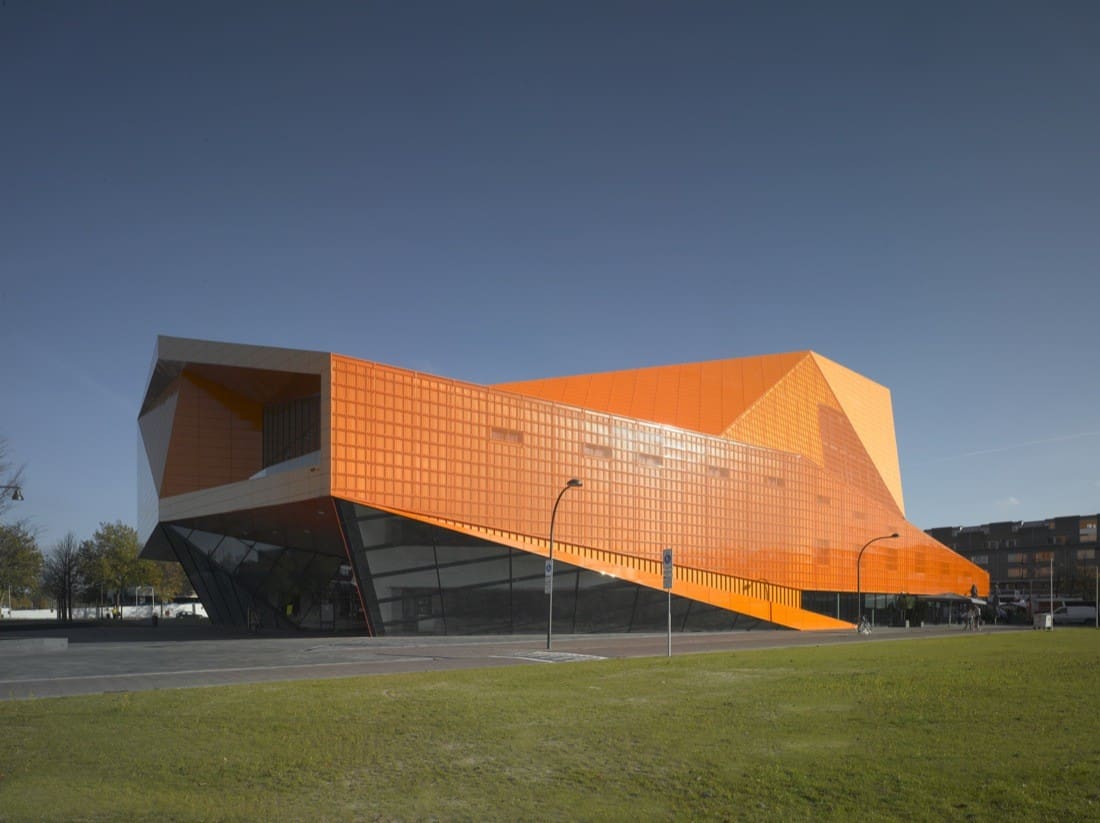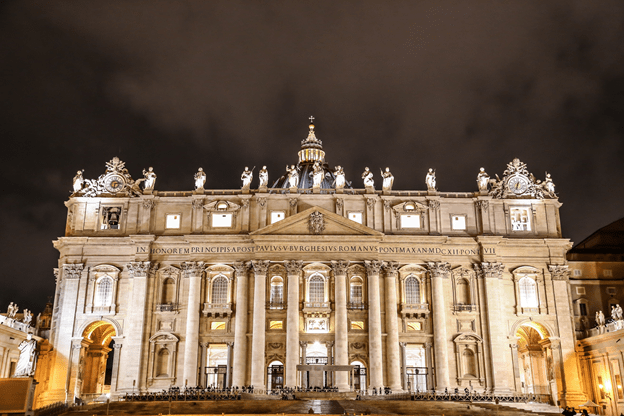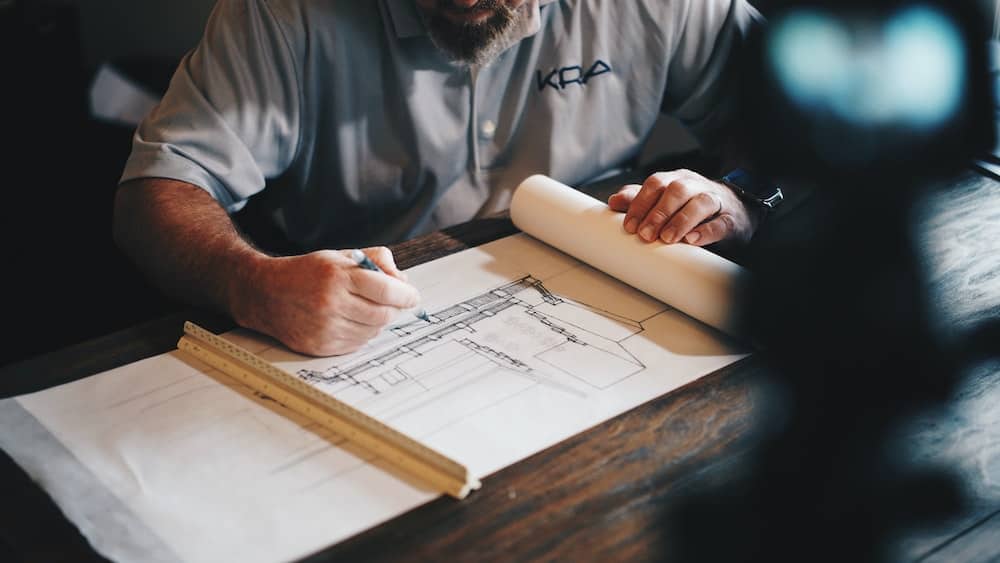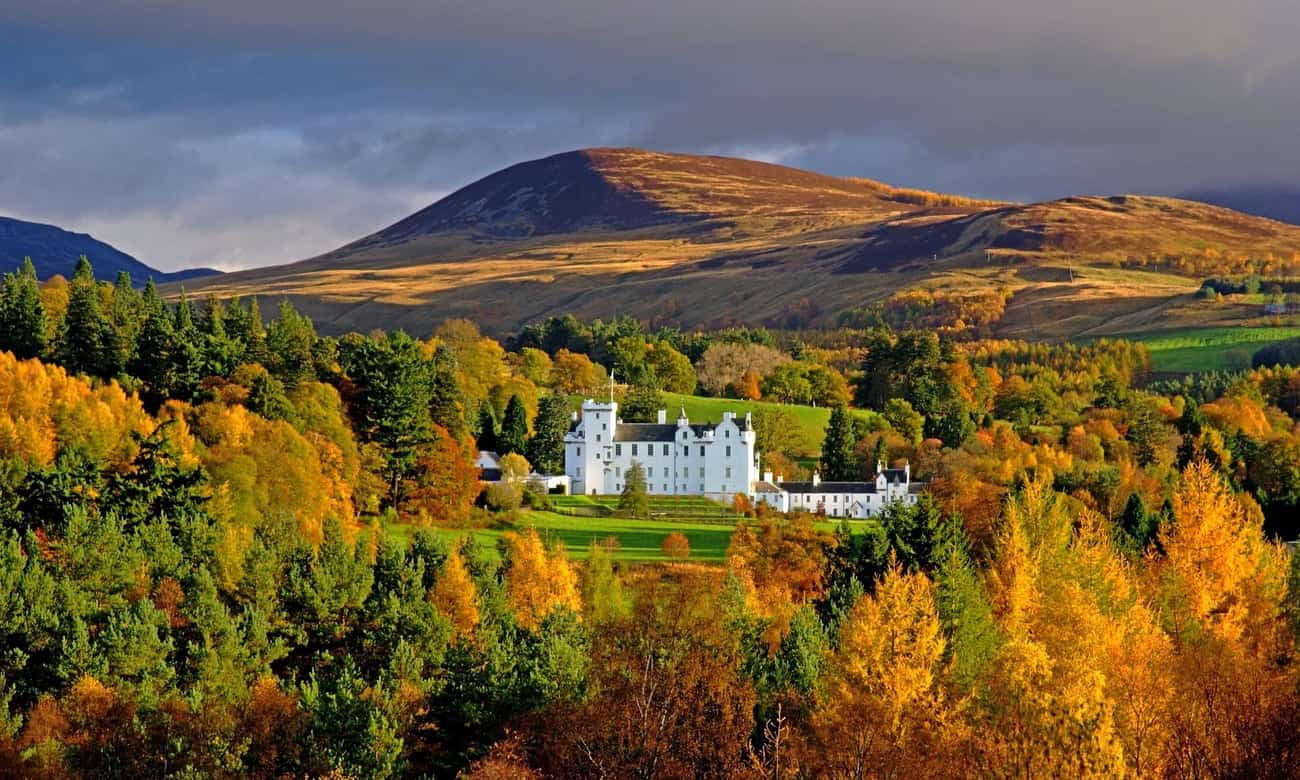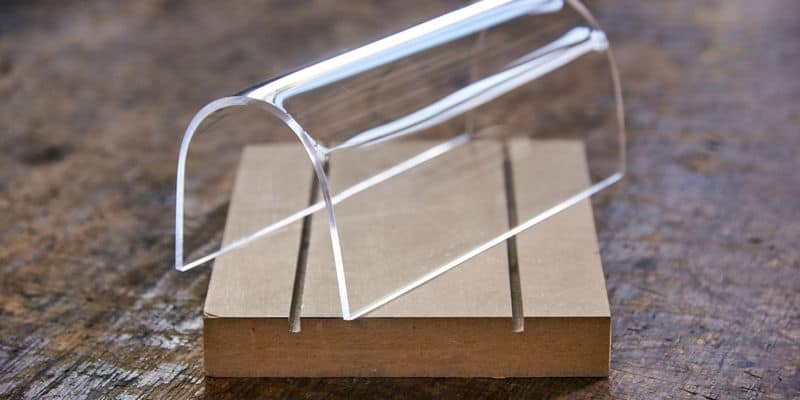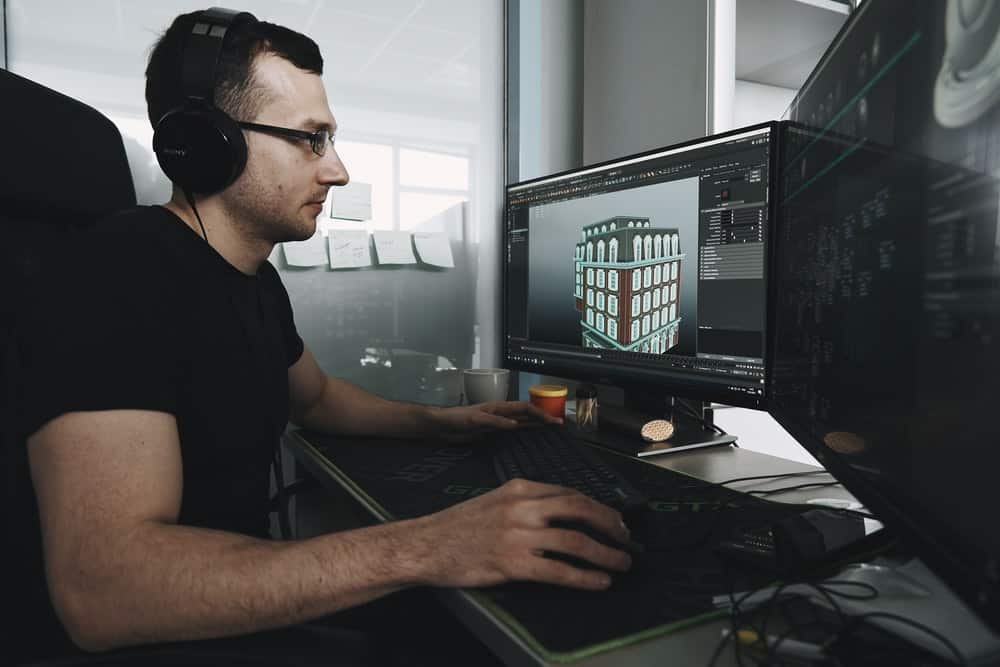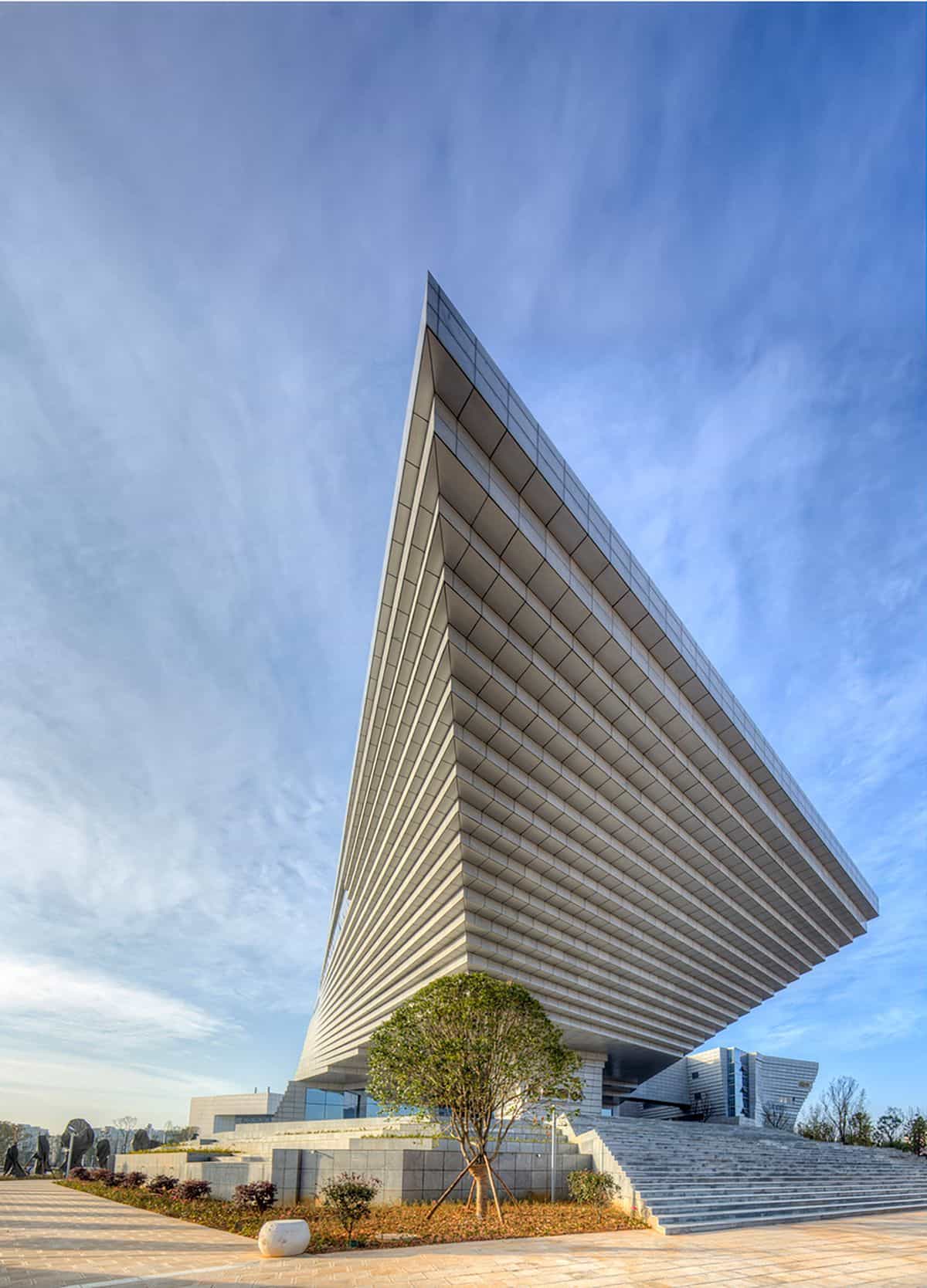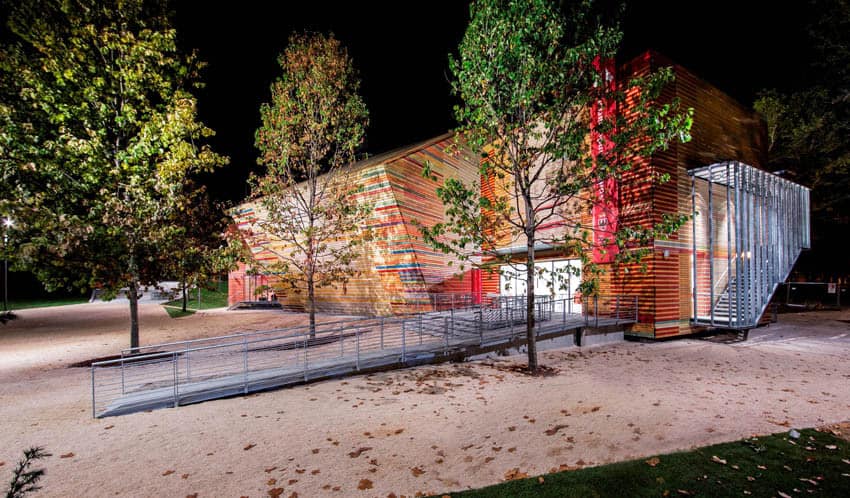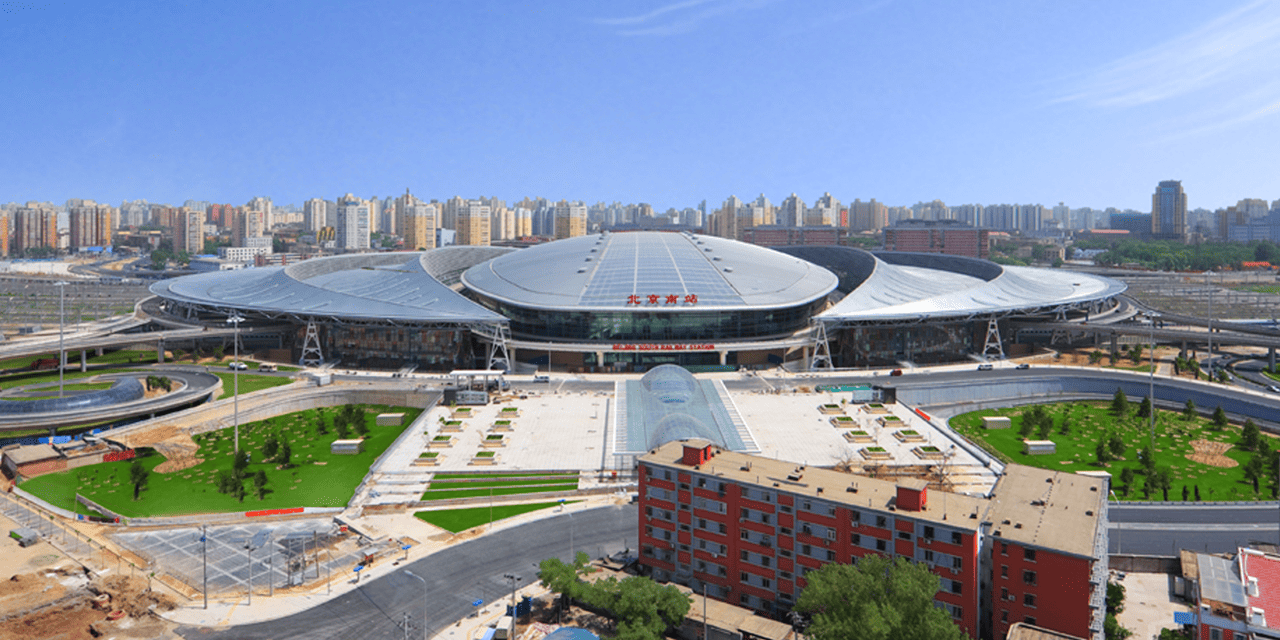The Kaleidoscope is an interesting invention coined by Sir David Brewster in 1817. The word ‘Kaleidoscope’ is a combination of ancient Greek words which would all come to refer to the observation of beautiful forms and shapes. Like the Kaleidoscope which uses a collection of different mirrors to create beautiful shapes and patterns, Theatre Agora was created to bestow the same effect to the people of Netherlands. Stationed in Lelystad a few meters from the train station, this cultural building was designed as part of the master plan for the town. In the new master plan, West 8 architect Adrian Geuze aimed to rejuvenate the rather dull and subdued town centre. When selecting submissions for the design of this theatre, West 8 felt that Unstudio’s design was much more geared towards the goals of the town and its administrators.
The leading architect at Unstudio, Ben van Berkel, emphasizes that buildings have to communicate with people. In the same vigour, Theatre Agora is supposed to be a place where people move in and out profusely while enjoying the excitement created by the daring strong colors and powerful shapes domineering the interior and exterior façades. Envisioned by the architects to be a building that evokes every kind of emotion, it is not only a performance centre but also a piece of architecture that in all senses of diversity, scale and transformation pushes towards the limits of theatrical architecture. The feel of the building as you move around and inside proves that even when the performances at the theatres are over, more is to come from an architectural perspective as you interact with every object in the building leading to an endless live performance.
According to the architect:
In the Agora theatre drama and performance are not restricted to the stage and to the evening, but are extended to the urban experience and to daytime.
The building’s segmented outlines were necessitated by the need to place the two theatres as far from each other as possible for acoustic reasons. As such, there is provision for a larger theatrical space which holds 753 seats and a smaller theatre accommodating 207 seats. The larger theatre which is fully equipped with tufted nylon to improve acoustics features a horseshoe-like balcony in the auditorium and an orchestra hole with a sitting capacity of 60 musicians. The building also features a stage tower, several foyers that are interlinked together, dressing rooms, multifunctional rooms, a café and a restaurant.
The façades exhibit sharp angles with most planes extending beyond the main body of the building. These façades are covered in steel plates and glass painted in shades of yellow and orange to create contrast on the exterior. However, that contrast and color is only more intensive inside the building.
The positive side with pushing your creativity to the limit is that sometimes ideas strike you and you create a small but meaningful invention of your own. So it happened for Unstudio. Inside Theatre Agora is a unique handrail designed by the architects. It cascades down the main staircase as a snaking pink ribbon winding itself all around the void at the centre of the open foyer space on the first floor. It then extends up the wall and towards the roof. Even so, it continuously changes color from violet to crimson, cherry pink, then back to white.
The main theatre’s interior is colored in red enhancing further Architect Ben van Berkel’s idea that architecture can utilize color to inspire people’s thoughts and images and make them want to stay longer in the buildings designed for them or even return if ever they leave. To create visual interest while at the same time benefiting the auditorium’s acoustics, the interior walls of the large theatre were lined with acoustic panelling of a concave/convex formation in various shapes and colors.
Lelystad is not a big town by any means, and with the size of the main theatre being almost 700 square meters, it is very evident that this small town of 70,000 people intends to invite international events and acts to perform at this venue.
Arup of Amsterdam designed lights that glow at night and are built into the façade. At daytime, triangular skylights allow natural light into the building through the foyer. That natural lighting coupled with artificial lighting creates the themes of transition as you experience the space at any time.
The post-war development of this Dutch town continues, and Theatre Agora is a creative addition that invites people to this municipality. The sharp angles, faceted outlines and jutting planes of the exterior together with the pomp and color in the interior show why the Kaleidoscope was invented. Hats off to Sir David Brewster for that invention because now we get to experience architecture’s own version of beautiful shapes and patterns in and out of Theatre Agora inspired by his invention.
As the citizens of Lelystad continue to marvel upon this creation on their soil, the question going on in their minds is what you will prefer between looking into a Kaleidoscope to see how colors, shapes and patterns are created or visiting Theatre Agora to experience in person.
Project information
Architects: Unstudio
Lead Architects: Ben van Berkel, Gerard Loozekoot
Executive Architects: B+M, Den Haag
Client: Municipality of Lelystad
Location: Lelystad, Netherlands
Area: 7,000 sq.m.
Completed: 2007
Photography: Wojtek Gurak (Exterior), Iwan Baan (Interior), Unstudio (Drawings)

